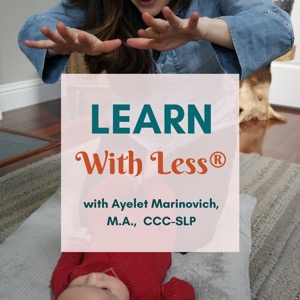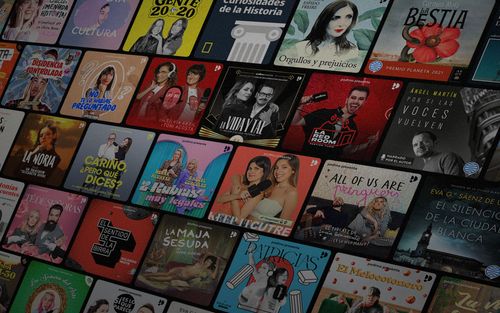Simple Ideas For Open-Ended Play
Learn With Less - Ein Podcast von Learn With Less - Ayelet Marinovich - Montags

Kategorien:
What is open-ended play, and where can I get some?On this episode of the Learn With Less podcast, Ayelet answers the following questions: What is open-ended play, and why is it important? What kinds of materials are considered good for open-ended play? What objects already in and around my home can I use to foster and encourage open-ended play? How can my interactions with my child encourage open-ended play?As both a professional and a parent, I tend to gravitate towards open-ended materials for play. But what does that mean, really?Open-ended materials are simply items that can be used in lots of different ways and in different environments (say, indoors or outdoors), and can be combined and often redesigned or repurposed by the young child in any way that child or her playmates decide.>>Don’t Miss Our Corresponding Blog Post!<<Great resources we mentioned in this podcast episode (in order they were mentioned):Open-ended materials recycled from other materials: paper roll, tissue paper, lentils, cardboard boxOpen-ended materials that are objects in the home (scarves, kitchen utensils, pots/pans, cupcake linersOpen-ended materials actually marketed as “toys: puppets, stacking toys, musical instruments).Connect With Us:Ayelet: Facebook / Instagram / PinterestText transcript of this episode’s developmental thoughtI tend to gravitate towards open-ended materials for play. But what does that mean, really? What are some of the benefits of open-ended toys? We’ve touched upon some of the developmental aspects of that, in that open-ended materials often allow children to explore and be inventive in the way they are used… young children are naturally inventive, and you might have already noticed that your little one is often more interested in the regular objects you have lying around the house rather than the expensive toy that the grandparents purchased for her birthday…. Often, children end up exploring their environment, taking regular objects, and converting them into toys – a prime example of this is the little one who is on the move, sitting up, and able to open the kitchen cabinets to take out her favorite “drum set,” a pot and a pan! An older toddler who is engaging in what’s called “symbolic play,” or the kind of play that uses objects to symbolize and imitate what they’ve seen others doing, might take out the same pot and pan, and a wooden spoon, and start to stir, imitating her parents in the kitchen. So, open-ended materials often encourage creative thinking in that a child must explore its properties and how it might be used. In addition, when you have a house or play area full of open-ended materials, they can often be used together in new and inventive ways. A scarf or blanket might serve as a great hiding place for a building block until it’s ready to peek-a-boo! A clump of play-doh might balance beautifully on top of a wooden car, or fit inside a shape sorter.

